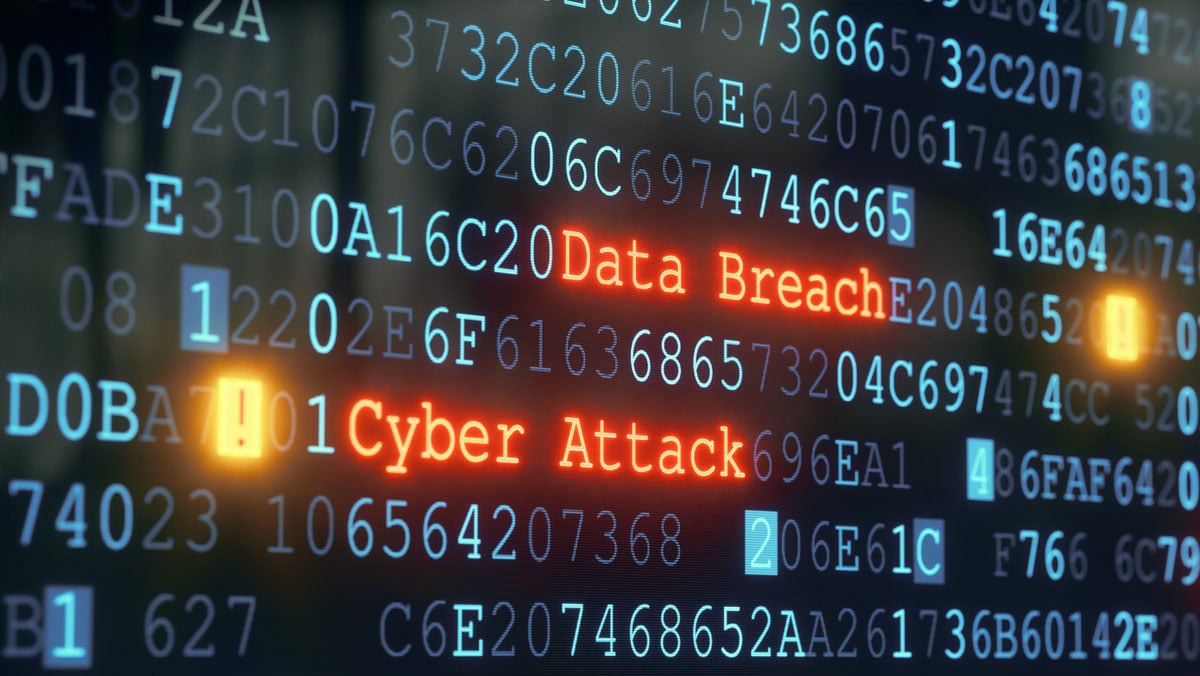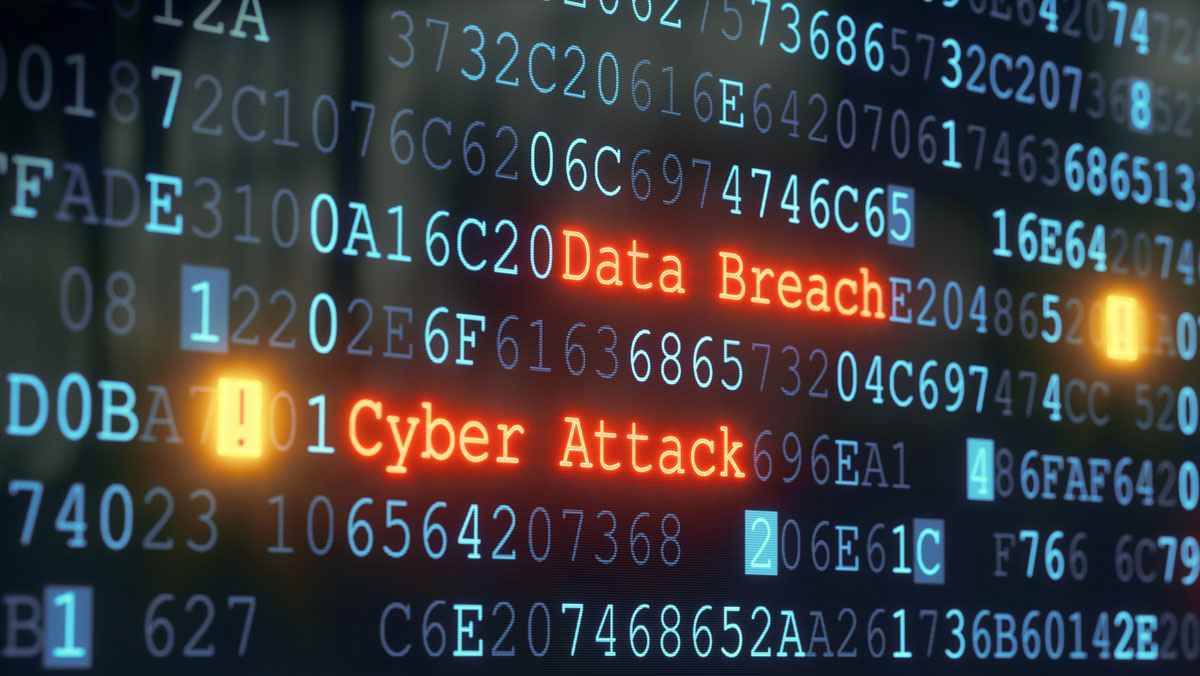
You can’t protect what you can’t see – and cybersecurity is no exception.
Cyberattacks happen so often that most people don’t know they’ve been hacked until they get an alert about unusual account activity from their bank or a technology provider.
Did you know that hackers attack every 39 seconds? That’s why it’s more important than ever to uncover weaknesses in your IT security and stay one step ahead of attackers.
The best defense against a cyberattack is knowledge. Answer these three questions to help protect your business.
1. Do You Enforce Multi-Factor Authentication?
With cyberattacks on the rise, having a strong username and password isn’t enough. A single security measure creates a single point of failure.
Most data breaches begin when hackers access username and password credentials to sneak into a network, compromising everything from social media accounts to proprietary company software.
Multi-factor authentication (MFA) adds an extra layer of protection. MFA requires that users provide two or more credentials, like a password and a randomized code delivered to their mobile device.
MFA changes security from just something you know (e.g., a username and password) by adding something you have (e.g., a security code from your mobile device or security fob). The bad guys can get something you know, but it’s much harder for them to get something you have!
Yes, MFA is an extra step in the login process for users. Educate them on the protection it provides so they understand why it’s so important.
2. Do You Have Immutable Backups?
Secure and reliable backups of sensitive company data are part of any strong cybersecurity process. But backups alone don’t guarantee protection from ransomware attacks or other incidents.
That’s where immutable backups can bolster your cybersecurity strategy. An immutable backup is a read-only solution that can’t be deleted or altered. It helps ensure backups are:
- Secure
- Recoverable
- Accessible at any time
3. Do You Leverage the Principle of Least Privilege?
Your employees are your greatest asset, but they’re also a cyber threat to your business. The 2022 Global Risks Report from the World Economic Forum reports that human error contributes to 95% of cybersecurity breaches.
In most cases, employees aren’t trying to harm your company – they simply make mistakes that open the door to a breach. Help them by using privileged access management (PAM) controls to implement the principle of least privilege (POLP). This limits a user’s access or permissions to only what’s needed to do their job.
Adopt a Cybersecurity Framework Today
The three best practices above are key to protecting your business. But one of the best ways you can defend your networks and data is to adopt a cybersecurity framework.
The NIST (National Institute of Standards and Technology) Framework for Improving Critical Infrastructure Cybersecurity combines industry standards with best practices to help organizations better understand, manage, and reduce their cybersecurity risks.
Our experts are happy to provide expertise around how to optimize your IT environment, including ongoing assessments to make sure your IT aligns with your business goals.



![AdobeStock_181575931 [Convertido]-01](https://www.connections.com/hubfs/AdobeStock_181575931%20%5BConvertido%5D-01.jpg)
